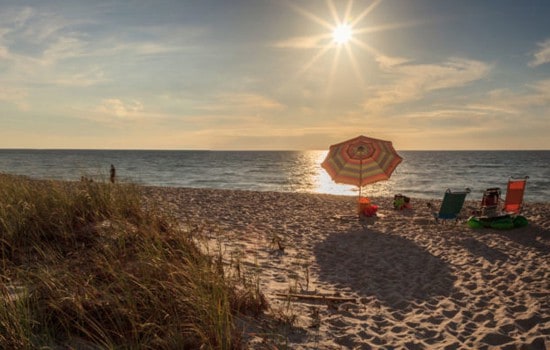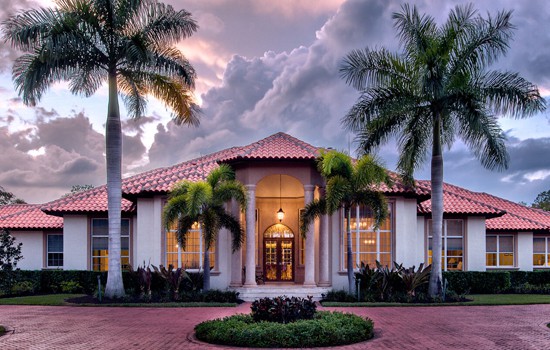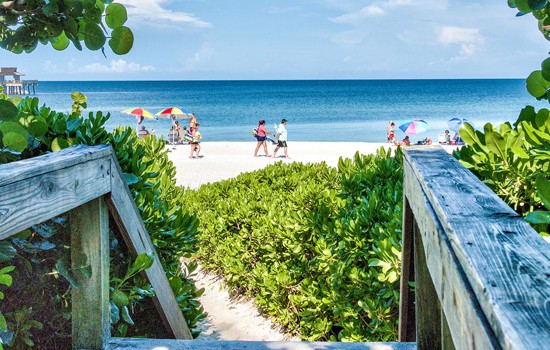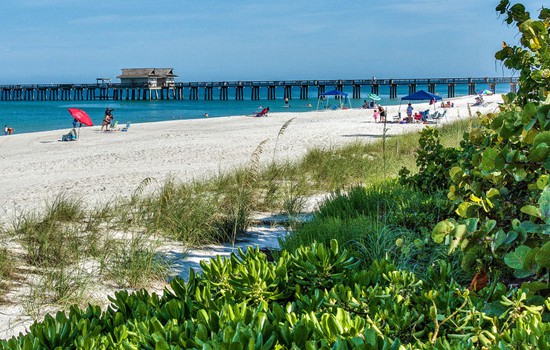The Story of One Woman and Naples’ Own National Collection
There are always good stories to tell, you just have to find them. In Naples, it’s fairly commonplace because there’s an abundance of nature – and nature has a history.
Plants, trees and the like don’t grow overnight. Their success is a right combination of environment, time, care and persistence. That’s how the story goes about the National Plumeria Collection at the Naples Botanical Garden.





Plumeria, commonly known here as Frangipani, is a tropical plant native to the Caribbean and Central America. It can be grown in similar climates like Florida, Tropical Asia, and Hawaii. Even though plumerias are commonly found in the Hawaiian lei, they were introduced to Hawaii in the 19th century.
Plumerias grow as small trees with arching branches, long leaves and delicate, pin-wheel like flowers. They can differ in color, texture and if you can believe it – scents. They’re intricate, delicate, versatile and admirable.
There are plenty of them to see here in Naples. The Naples Botanical Garden, founded in 1993, is home to a National Plumeria Collection. But as mentioned, great happenings don’t grow overnight. It was one woman’s persistence and passion for plumerias that first “planted the seed” for the collection in 2008.
Her name is Hetty Ford.
Hetty, who hails from Holland, moved to Naples in 2005 with her husband of almost 40 years, Bruce Ford. Hetty Ford’s passion for plants and gardening has roots all the way to her childhood. She knew early on she enjoyed planting and watching things grow.
Ford’s passion for plumerias started in 2000, when she was first introduced to them. She began learning about them and even took to planting them right in her backyard.
When Ford moved to Naples, her love for plants took her to the Naples Botanical Garden – first as a volunteer- then as the Curator of the Plumeria Collection.
Since she always was keeping up with the pulse of the plumeria world, in 2008, Ford learned the personal collection of the late Elizabeth Thornton, one of the founders of Plumeria Society of America, was going to be sold off. Thornton’s daughter, Bette Gips, intended to do this to keep her mother’s collection and legacy alive.
Ford, a plumeria lover herself, knew how important it was to acquire the Thornton collection. As it turns out, Thornton’s daughter was heart-warmed to know someone else was so passionate about her mother’s collection, she donated clippings of her mother’s plumerias to the Garden.
This encouraged other collectors, nurseries to do the same. In fact, another plumeria enthusiast the next year donated over 200 trees – exotic ones too- from Australia and Thailand.
In the summer of 2009, yet another great boost! The Plumeria Society of America made a decision. The Garden would be the home for the PSA’s entire registered plumeria collection- over 400 trees!
The Plumeria Society of America was looking at different places to house their robust collection for years. Since the Garden had plans for an expansion (including a huge chunk of rolling hills along one of the lakes set aside for their growing plumeria collection), the subtropical climate, and having volunteers and staff at the Garden who know how to care for the plant – it was the perfect paradise for plumerias!
From then, the Plumeria Society of America started sending the Garden plants and cuttings from all over the United States – even from other places like Australia and Sicily! Some were sent as large plants and others as small cuttings. But, nonetheless, the collection continued to grow.
So much so that in 2011, it earned national recognition from the American Public Gardens Association – with over 1,200 plants and nearly 500 different varieties of plumerias!
But the story doesn’t stop there. Trouble hit in “plumeria-dise” when Hurricane Irma blew through Naples in 2017 and uprooted hundreds of the plumeria trees. Volunteers, led by the now-retired Hetty and Bruce Ford, rushed to save the trees in the Garden and worked tirelessly to replant and save so much of the garden’s nationally recognized collection of plumeria.
Despite the effort, many of the trees were still lost. The Garden’s flowering expert and adviser suggested planting part the collection in a new way – a way to curb the devastation of another hurricane. Then began the process of planting the plumeria cuttings in tubs.
The hope was that growing plumerias in tubs would not only help the root systems, but would help bring them closer to the walkway so visitors to enjoy. So, let the tubbing begin.
Now, that was 2017. Like all good things, it takes patience and time for plumeria to bloom. Plumeria’s flowering season ranges from March to October.
But now, in May of 2020, some of the plumerias from the post-Irma cuttings have bloomed for the first time in the tubs! And what a time right now to show their colors and comeback! It’s in a time where we need it most, a time where we need to see the light at the end of the tunnel, that life is in fact still here and happening around us!
It’s proof in the plumerias: there’s reason to visit Naples in months other than the winter ones-because they bloom in spring, summer and fall months!
Just in case another hurricane decides to roar through the plumeria collection, plumerias are planted in various locations throughout our Southwest Florida community and many old-time plumeria trees are living in historic parts of Naples. Plus, secondary collections are being established as backups- like in Central America at the Belize Botanic Gardens.
It’s clear: there’s too much passion, hard-work and pure beauty behind the collection. We’re not letting that go.
Visiting Naples?
If you’re planning a future trip to Naples to visit the Plumeria Collection at the Naples Botanical Garden or coming to enjoy other aspects of our beautiful community, we’d be delighted to accommodate you in one of our many vacation rental homes and condos.









